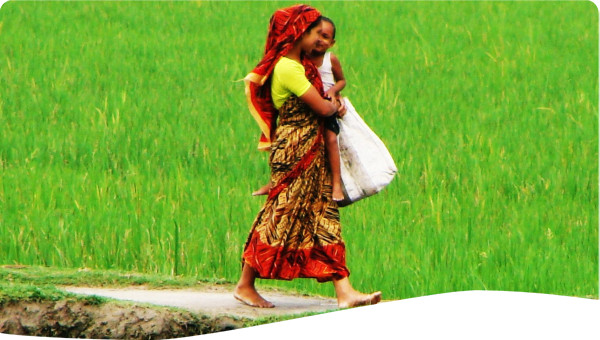Based on the idea that people’s identities are multi-layered and diverse according to their gender, class, caste, race, sexuality, disability, religion, nationality, age, and more – intersectionality is an analytical tool as well as sociological concept that acknowledges that people are members of more than one community, have unique individual experiences that result from this, and can experience oppression and privilege at the same time (Figure 1). It aims to uncover the different types of discrimination that occur as a result of these diverse identities and takes historical, social, political, and power relations into account (Crenshaw, 1991). By the time Kimberlé Crenshaw coined the term, she was seeking to shed light on how the experiences of Black women in the United States with the legal system were shaped both by their gender and race.
Figure 1. Representation of Intersectionality. Source: Soeters et al. (2019)
 Tool -
Tool -


